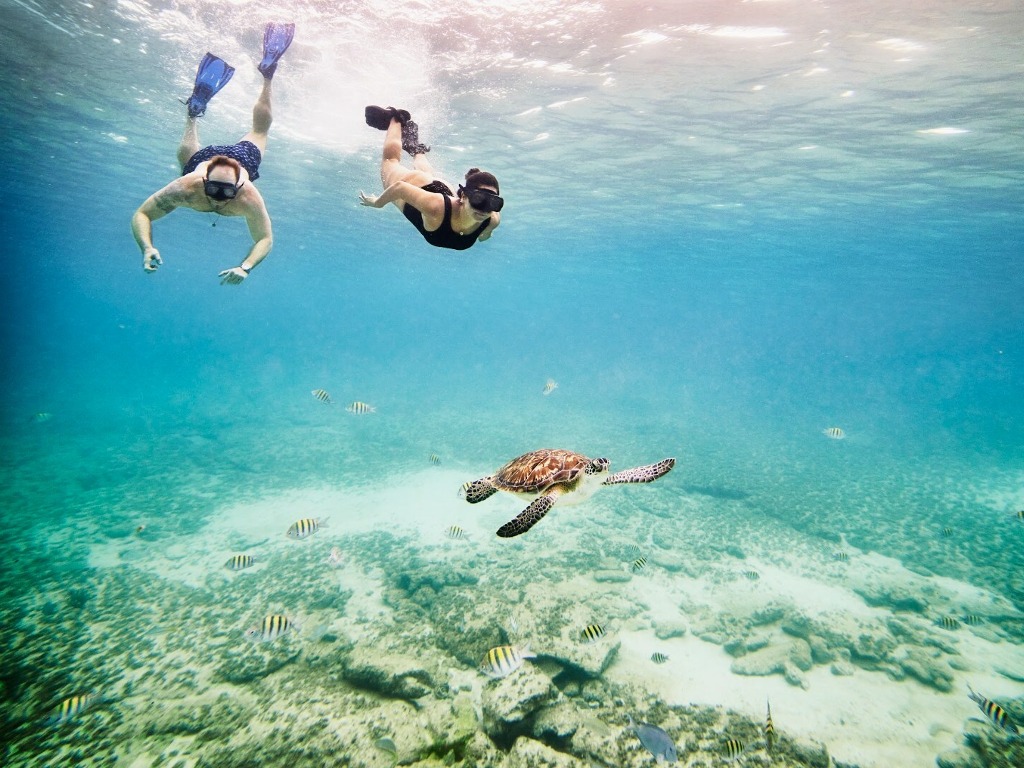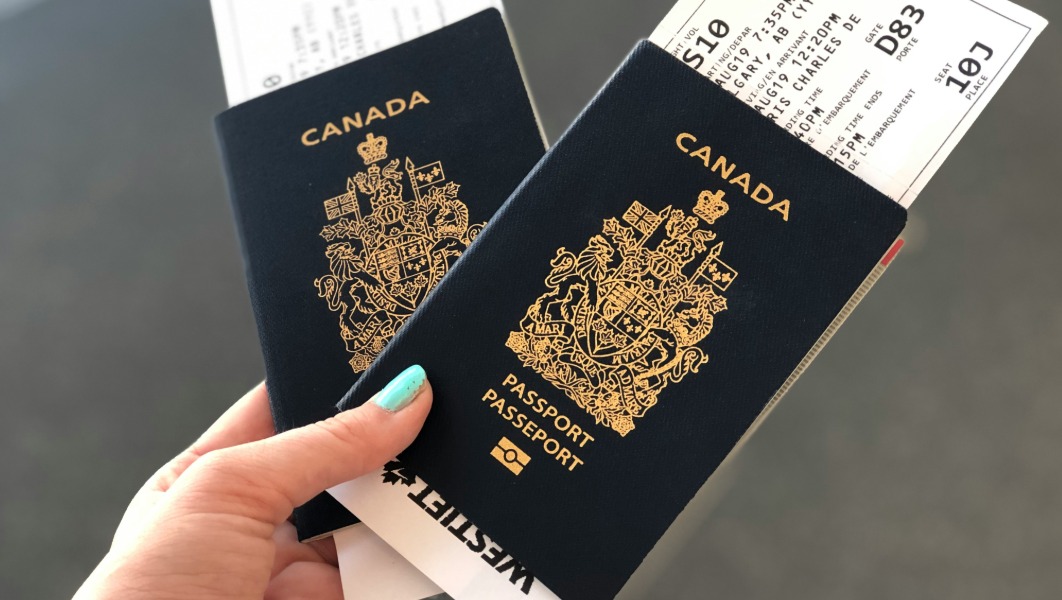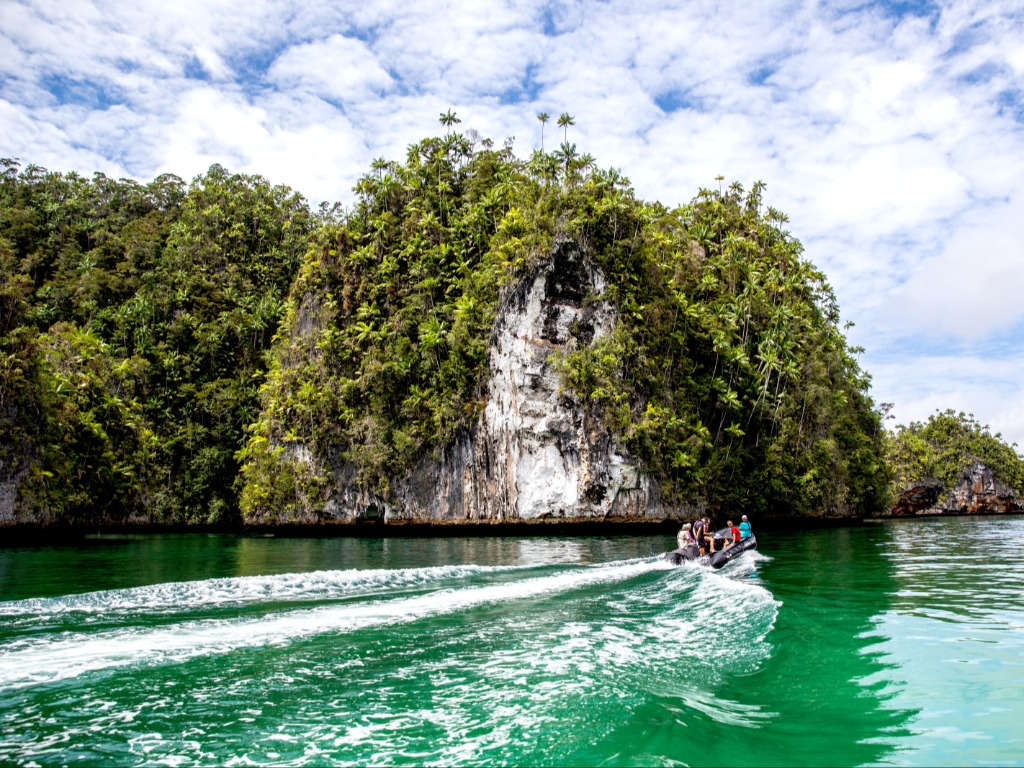Open for business: Caribbean shows its resilience after Beryl

A Toronto-based advocate for Caribbean tourism insists Canadians shouldn’t be nervous about visiting the Caribbean in the wake of Hurricane Beryl, blamed for at least 7 deaths and which left some smaller Caribbean islands in virtual ruins after roaring over them, drawing international attention while doing so.
Nancy Drolet of One Caribbean Canada — founded by Drolet after the Caribbean Tourism Organization closed its international offices last year — says that hurricanes of Beryl’s intensity are something of a rarity, with the region frequently going for years without seeing one as powerful as it.
“Even though we’ve had this most recent hurricane, the last major one in the Caribbean was Dorian in 2019,” she told Travel Press Today. “Before that was Irma and Maria in 2017. So, although it’s predicted to be a season with higher than normal hurricane activity, that doesn’t mean each country will see a hurricane. Indeed, some hurricanes like Ida, hit the U.S and I know we all remember Fiona that impacted Atlantic Canada just last year.”
The Caribbean’s hurricane season runs from the start of June through November, a time that Drolet notes is the low season for Canadian visitors.
However, Drolet acknowledged that it was unusual for the Caribbean to see a hurricane as powerful as Beryl this early in the year, blaming climate change for its power, something she said is disrupting weather worldwide.
“We know climate change is real – but it affects everyone all over the globe, even here at home,” she continued. “We’re seeing a heat dome in Vancouver, record flooding in Europe, Australia experienced terrible wildfires and so did we here in Canada last year – and Greece is seeing the start of their fire season. Should we not visit the States because of the volume of tornados or hurricanes they have each year? Our advisors should reassure Canadians that the Caribbean is used to dealing with storms, and each country has hurricane preparedness plans in place. When possible, vacations are modified, cancelled, or guests are repatriated, when possible, to avoid storms. In the case, whereby they cannot be evacuated, hotels have plans in place to protect visitors.
“I also think it’s important to understand the distances between countries in the Caribbean. Just because one island may be hit, doesn’t mean that its neighbour is impacted — and we do more damage avoiding an island that wasn’t even touched by a hurricane.”
Drolet reported that she has heard from travel advisors saddened by the damage done by Beryl, with smaller islands belonging to Grenada and St. Vincent and the Grenadines being particularly hard hit.
“But aside from some advisors who were working on changing flight schedules, I personally haven’t received any ‘concerned’ calls,” she added. “Our agency community is also used to dealing with natural disasters from all over the world – not that they are commonplace. I will say that our travel advisors were still reeling from the surprise WestJet strike and were still trying to protect their clients on alternative flights, so Beryl did not give them a break.”
Drolet — who’s visiting the Caribbean in August — said those concerned about the region’s economic well-being in Beryl’s aftermath should continue to send visitors to a particularly tourism-dependent part of the world.
They can also access the https://onecaribbeancanada.ca website, which has a Hurricane Updates link that includes information on what Drolet labelled approved and registered charities or government disaster relief funds that are real” and are assisting those whose lives were upended by Beryl.
Meanwhile, Drolet is upbeat about the Caribbean’s long-term tourism prospects.
“The Caribbean is resilient,” she said. “With each storm, each country builds back stronger and has better infrastructure in place to deal with the next storm. We have beautiful islands and beaches to visit, fantastic carnivals to enjoy, historic landmarks to explore…and amazing food to enjoy. We are open for business.”


